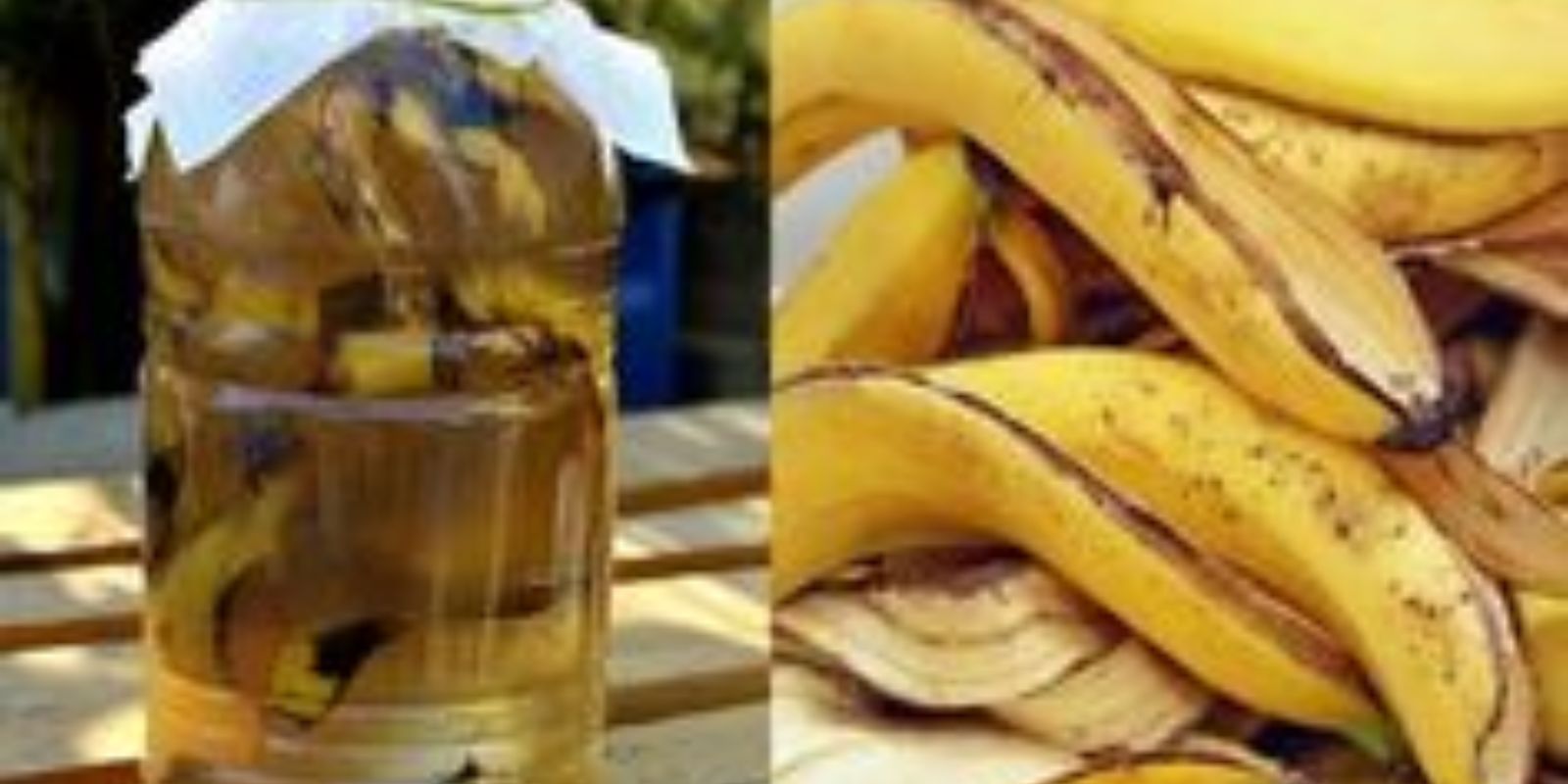Introduction:
Gardening is a rewarding activity that brings us closer to nature and offers the satisfaction of watching our plants grow and flourish. However, one of the most common challenges gardeners face is pest control. Aphids, in particular, can wreak havoc on a variety of plants, sucking the sap from leaves and stems and causing significant damage. While chemical pesticides are effective, they can harm beneficial insects, the environment, and even the plants themselves. Fortunately, there’s a natural, eco-friendly solution that you might already have in your kitchen: banana peels. This article explores how banana peels can be used to control aphids naturally and effectively, offering a safe alternative for maintaining a healthy garden.
Understanding Aphids
Aphids are small, soft-bodied insects that feed on plant sap. They are usually found in clusters on the undersides of leaves, stems, and buds. Aphids can cause several problems in the garden:
- Stunted Growth: By sucking the sap from plants, aphids deprive them of essential nutrients, leading to stunted growth.
- Distorted Leaves: Infested leaves may curl, yellow, or become distorted.
- Sooty Mold: Aphids excrete a sticky substance called honeydew, which attracts sooty mold, a black fungus that can further harm plants.
- Transmission of Diseases: Aphids can transmit plant viruses, exacerbating the damage.
The Power of Banana Peels
Banana peels contain essential nutrients and natural chemicals that can deter aphids. The potassium in banana peels strengthens plants, making them less susceptible to pest attacks. Additionally, banana peels release a scent that aphids find unappealing, helping to repel these pests.
Step-by-Step Guide to Using Banana Peels for Aphid Control
1. Collect Banana Peels
The first step in using banana peels for aphid control is to collect the peels from the bananas you consume. This method not only helps with pest control but also recycles kitchen waste, contributing to a more sustainable lifestyle.
Tips for Collection:
- Store banana peels in a container or plastic bag until you’re ready to use them.
- Collect enough peels to cover the base of your infested plants.
2. Cut the Peels
Once you have collected a sufficient number of banana peels, the next step is to cut them into small pieces. Cutting the peels increases the surface area, allowing them to decompose more quickly and release their beneficial compounds into the soil.
Cutting Procedure:
- Use a sharp knife or scissors to slice the peels into 1-2 inch pieces.
- Ensure the pieces are small enough to be easily buried around the plants.
3. Bury the Peels
Burying the banana peels around the base of aphid-infested plants is the key to this method’s success. As the peels decompose, they release nutrients and chemicals that help deter aphids.
Burying Procedure:
- Dig small holes or trenches around the base of the affected plants, about 2-3 inches deep.
- Place the cut banana peels in the holes and cover them with soil.
- Space the peels evenly around the plant to ensure comprehensive coverage.
4. Monitor and Repeat
After burying the banana peels, it’s important to monitor your plants for signs of improvement. While this method is effective, it may need to be repeated periodically to maintain its efficacy.
Monitoring and Maintenance:
- Check your plants regularly for signs of aphids and new growth.
- If aphids persist, repeat the process, adding fresh banana peels every week or as needed.
- Monitor the soil moisture and ensure the peels are decomposing properly.
Additional Benefits of Using Banana Peels
Besides controlling aphids, banana peels offer several other benefits for your garden:
- Soil Enrichment: As banana peels decompose, they release nutrients such as potassium, calcium, and magnesium into the soil, promoting healthy plant growth.
- Attracting Beneficial Insects: The nutrients in banana peels can attract earthworms, which help aerate the soil and improve its structure.
- Reducing Waste: Using banana peels in the garden is an excellent way to recycle kitchen waste, reducing the amount of organic waste that ends up in landfills.
Tips for Maximizing Effectiveness
To ensure the best results when using banana peels for aphid control, consider the following tips:
- Combine with Other Natural Methods: Enhance the effectiveness of banana peels by combining them with other natural pest control methods, such as planting companion plants that repel aphids (e.g., garlic, marigolds, and nasturtiums).
- Maintain Plant Health: Healthy plants are less susceptible to aphid infestations. Ensure your plants receive adequate water, nutrients, and light to keep them robust and resilient.
- Use in Conjunction with Biological Controls: Introduce beneficial insects, such as ladybugs and lacewings, which naturally prey on aphids, to complement the effects of banana peels.
Conclusion
Banana peels offer a simple, natural, and effective solution for controlling aphids in your garden. By following the steps outlined in this guide, you can harness the power of banana peels to protect your plants from aphid infestations without resorting to harmful chemicals. This eco-friendly method not only helps maintain a healthy garden but also promotes sustainability by recycling kitchen waste.
Whether you’re an experienced gardener or a novice, incorporating banana peels into your pest control routine is an easy and rewarding practice. Start using banana peels today and enjoy the benefits of a thriving, aphid-free garden. Embrace the magic of nature with this innovative approach and watch your plants flourish! 🍌✨

